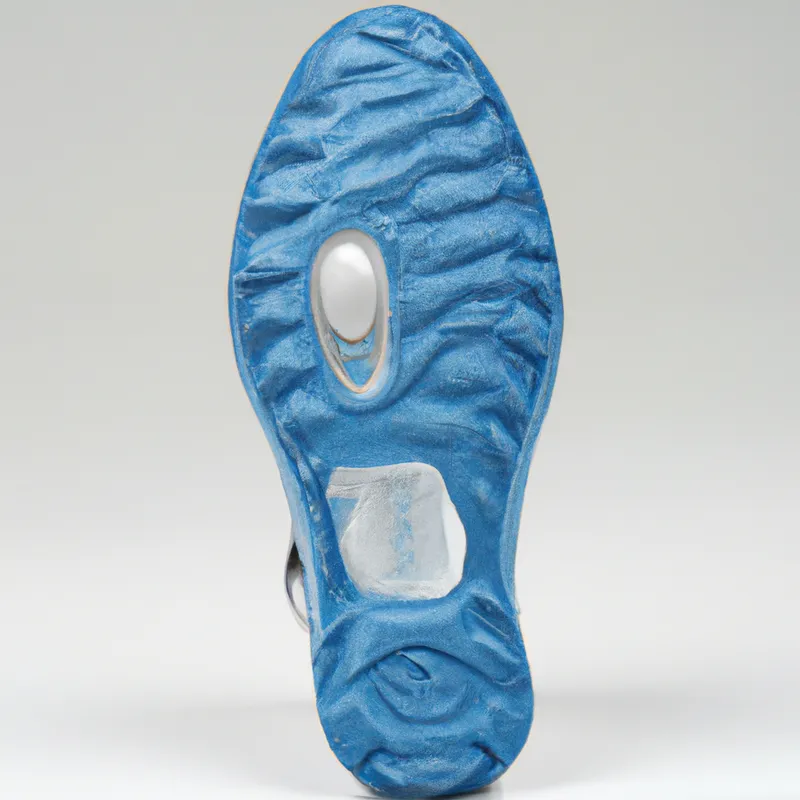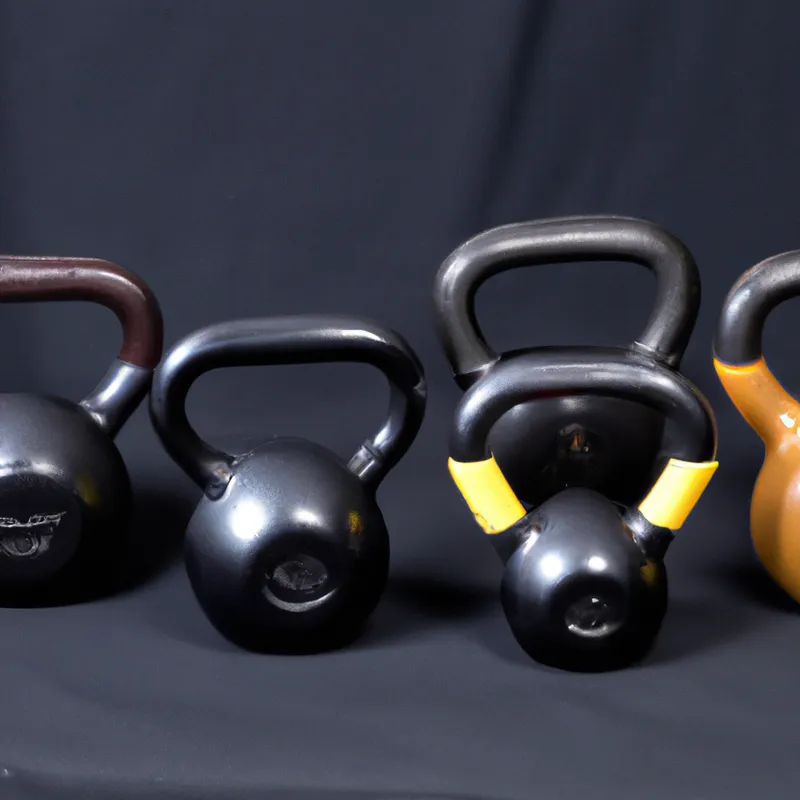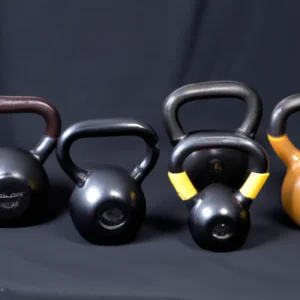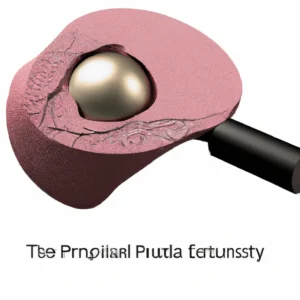Revamp Your Diet: Timing for Carb Efficiency
Cyclic Carb Intake: Ideal Timing for Fat Loss
Cyclic carbohydrate intake has become popular among fitness enthusiasts aiming to lose fat and preserve muscle. This approach optimizes energy, enhances workouts, and promotes fat loss. To maximize benefits, focus on when you consume carbohydrates. This blog explains how to implement cyclic carb intake effectively for fat loss.
What is Cyclic Carb Intake?
Cyclic carb intake alternates between low and high carbohydrate days. This strategy helps manage insulin levels, influencing fat storage and metabolism. On low-carb days, eat fewer carbs while increasing fats and proteins. On high-carb days, consume more carbohydrates, aligning them with your workout schedule.
The Science Behind Cyclic Carb Intake
Restricting carbohydrates shifts your body’s fuel source from glucose to fat. This metabolic change enhances fat oxidation, crucial for weight loss. Low-carb days encourage fat utilization for energy, reducing body fat percentage.
High-carb days replenish glycogen stores, vital for intense workouts. Your muscles and liver store glycogen, which fuels high-intensity exercise. Eating more carbohydrates on specific days improves workout performance, strength, and endurance.
Tips for Effective Cyclic Carb Intake
To implement cyclic carb intake successfully, follow these tips:
1. **Plan Your Carb Days Wisely**
Time your carbohydrate intake carefully. Align high-carb days with intense training sessions. For instance, if you lift weights on Tuesdays and Thursdays, make those high-carb days. This ensures optimal performance and aids recovery.
2. **Choose Quality Carbs**
Select nutrient-dense, complex carbohydrates like whole grains, fruits, and vegetables. These options provide essential vitamins, minerals, and fiber, supporting overall health. Avoid refined sugars and processed foods, as they can cause energy crashes and cravings.
3. **Monitor Your Macros**
Track your macronutrient intake to reach your goals. On low-carb days, aim for 20 to 50 grams of carbohydrates. Increase to 150 to 300 grams on high-carb days, based on activity level and metabolism. Adjust these amounts according to your body’s response.
4. **Don’t Forget About Protein and Fats**
While focusing on carbohydrates, prioritize protein and healthy fats.
Conclusion
Cyclic carb intake can enhance fat loss and improve workout performance. Planning and quality choices matter.
Below are related products based on this post:
FAQ
What is the main purpose of cyclic carbohydrate intake?
The main purpose of cyclic carbohydrate intake is to alternate between low and high carbohydrate days to manage insulin levels, optimize energy, enhance workouts, and promote fat loss while preserving muscle mass.
How should I time my carbohydrate intake for maximum effectiveness?
To maximize the benefits of cyclic carb intake, align high-carb days with your intense training sessions. For example, if you lift weights on specific days, make those your high-carb days to ensure optimal performance and recovery.
What types of carbohydrates should I include in my diet?
Focus on nutrient-dense, complex carbohydrates such as whole grains, fruits, and vegetables. These options provide essential vitamins, minerals, and fiber, while avoiding refined sugars and processed foods that can lead to energy crashes and cravings.















Post Comment